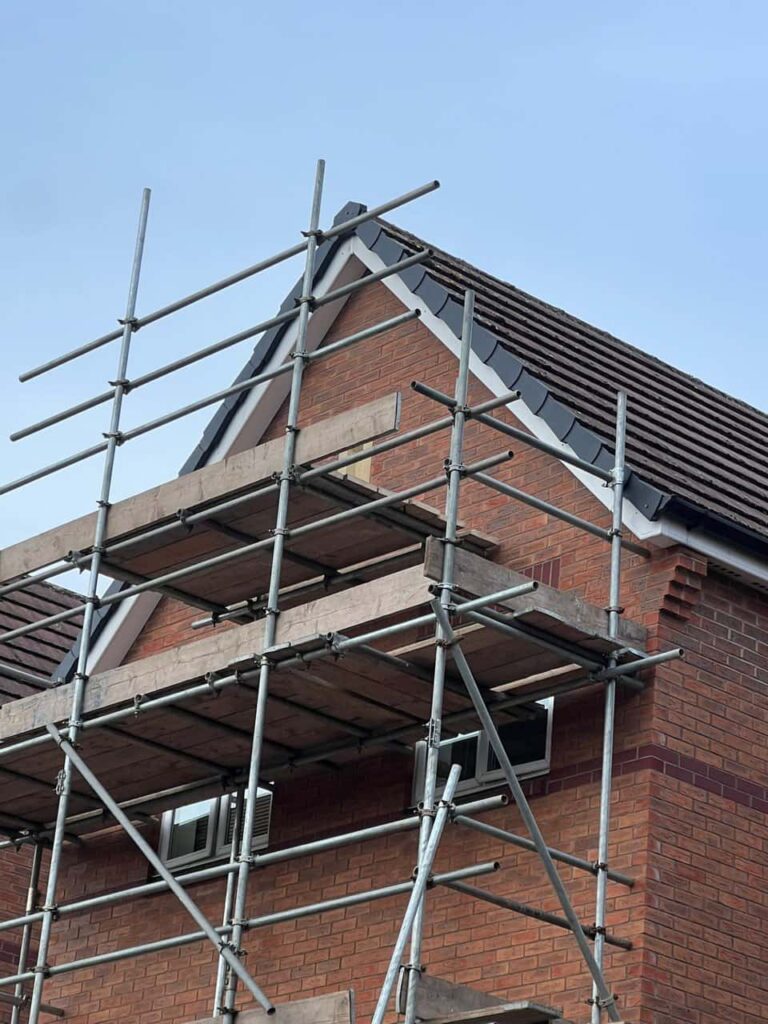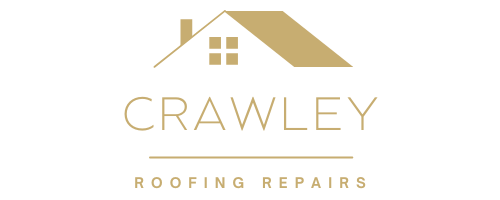Introduction
When it comes to keeping your roof watertight and long-lasting, few materials are as dependable as lead. Known for its durability and flexibility, leadwork plays a critical role in protecting roofs from the elements, particularly in the ever-changing British climate. Whether it’s used around chimneys, valleys, or junctions, well-installed leadwork can last for decades and prevent countless issues.
At Crawley Roofing Repairs, we regularly install and maintain leadwork across homes and heritage properties in Crawley and West Sussex. In this article, we’ll explore how lead functions, where it’s used on the roof, and why it’s still considered one of the most effective materials for roofing protection today.
Key Takeaways
- Lead is exceptionally durable and weather-resistant
- It prevents water ingress at key roof junctions
- Properly maintained leadwork can last over 100 years
- It protects vulnerable roof areas prone to leaks
Why Lead Is Still the Go-To for Roof Detailing
Despite advances in modern roofing materials, lead remains unmatched when it comes to performance. It’s highly malleable, meaning it can be shaped to fit intricate areas like chimneys, roof valleys, dormers, and abutments. Once installed, lead expands and contracts with temperature changes without cracking, making it ideal for the UK’s freeze-thaw climate.
It’s also resistant to corrosion, UV rays, and even pollution—giving it excellent longevity, especially in coastal or urban areas.
Common Roofing Areas That Rely on Leadwork
You might not always see it from the ground, but leadwork is often one of the most critical parts of your roof system. It’s typically used in:
- Chimney flashings – seals the joint between the chimney stack and roof
- Valley gutters – channels rainwater where two roof slopes meet
- Step flashings – used where sloped roofs meet walls or dormers
- Parapet wall detailing – prevents water ingress along flat or low-pitched roofs
Each of these areas is naturally vulnerable to water leaks. Without proper lead detailing, water can easily seep into the roof structure and cause timber rot, damp patches, and internal damage.
Long-Term Protection Against Weather Damage
One of lead’s most important properties is its ability to protect your roof from long-term weather exposure. As seasons change, roofs are subjected to intense sun, heavy rainfall, frost, and high winds. Over time, poor-quality or brittle materials can crack or lift, especially around junctions.
Lead, however, remains stable and watertight in all conditions. Its flexibility allows it to move slightly with the building, reducing the risk of splitting or lifting. This means fewer repairs and a longer-lasting roof overall.
Signs Your Leadwork May Need Attention
Even though lead is tough, it’s not completely maintenance-free. Over time, issues can arise due to poor installation, age, or damage from heavy weather. If you notice any of the following, it’s wise to have your leadwork inspected:
- Staining or damp patches on ceilings near chimneys
- Moss or plant growth around roof joints
- Cracked or missing flashing visible from the ground
- Debris collecting in roof valleys
Early detection can prevent much larger—and more expensive—roofing problems.
The Value of Professional Leadwork Installation
The effectiveness of leadwork depends heavily on how well it’s fitted. Poor installation can lead to premature failure, no matter how good the material is. At Crawley Roofing Repairs, we ensure all lead is properly dressed, fixed, and sealed to industry standards, ensuring it performs for decades to come.
Quality leadwork isn’t just functional—it also complements the overall look of the roof, especially on traditional or period properties where detail matters.
Conclusion
Leadwork may be one of the oldest roofing solutions, but it remains one of the most reliable. From sealing vulnerable roof joints to ensuring long-term weather resistance, it plays a vital role in protecting your home. When installed correctly and maintained as needed, leadwork can extend your roof’s lifespan and prevent costly leaks or structural issues.
If you suspect your leadwork needs attention—or you want an expert assessment—Crawley Roofing Repairs is here to help. We provide expert roofing services across West Sussex, combining traditional techniques with modern standards. Contact our team today to book an inspection and protect your home from the top down.
Call us on: 01293 221 999
Click here to find out more about Crawley Roofing Repairs
Click here to complete our contact form and see how we can help with your roofing needs.

